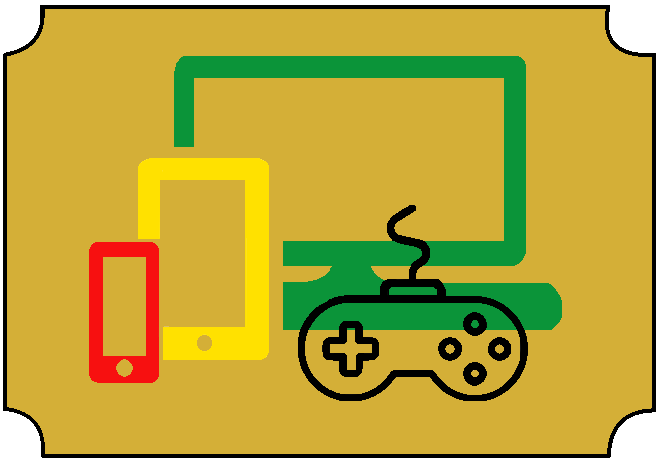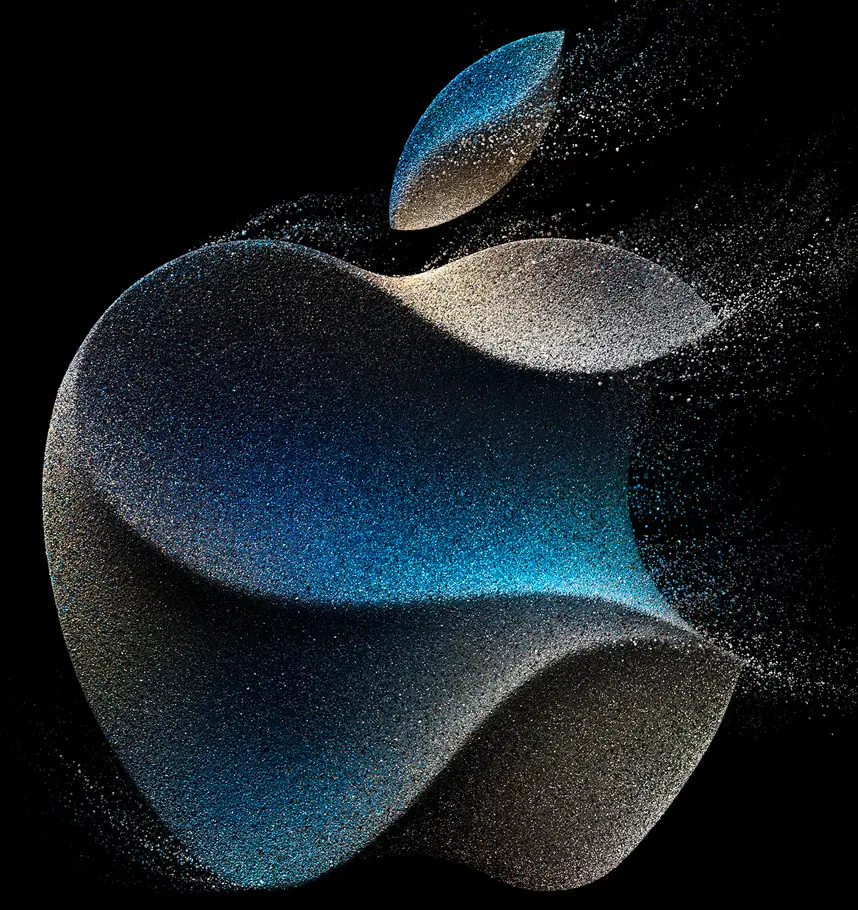All of my opinions are italicized.
While the Apple event on September 12, 2023 did feature more than just the iPhone 15, the iPhone was the main centerpiece. The Apple Watch Series 9 and Ultra 2 were also announced in the same event and they will have their place near the end of this article. This article is mostly on changes, not the recurring features.
iPhone 15
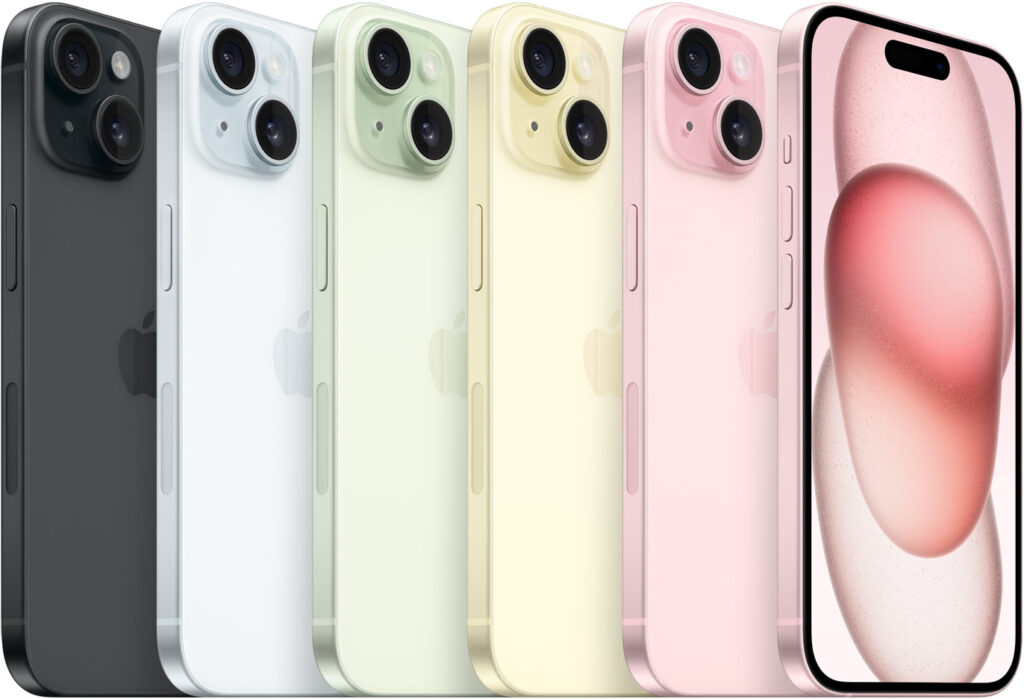
The hardware changes are focused in three main categories: Cameras, Display, and Performance. But, there were some features that seemed more like software changes. Their satellite roadside service is also coming to other phones with satellite capabilities, such as the iPhone 14. The same is true when talking about any of the satellite focused features. Now, onto the main categories.
I am glad to see that it only took one product generation for the 48MP main camera to be brought down to the base spec iPhones. Usually these “pro” features are locked for years, even in other companies besides Apple. Since it’s similar to the camera used in the 14/15 Pro, then the performance would also be mostly the same. The obvious improvement for a higher megapixel camera is the resolution. Photos taken on the iPhone 15 would have, at most, 4 times the detail. The slightly less obvious improvement is the ability to zoom. The 15 now has a 2x zoom feature where instead of using software zoom, it zooms in on the sensor to get a full quality, 12MP photo. It’s basically like having a 2x telephoto camera without the physical lens.
The camera also had some software improvements. The iPhone 15 has an improved version of pixel binning, which turns a group of 4 pixels into one larger pixel that can capture more light. Normally, this would result in a higher quality 12MP photo, but Apple added a new feature that will combine the 48MP photo with the 12MP photo to create a 24MP photo. This would have the brightness of the 12MP photo with a resolution more similar to the 48MP photo. It’s possible that this feature might come to the 14 Pro with a software update, but it was never mentioned. The last significant camera feature is an improvement to portrait mode photos. Apple is calling it “Next-generation portraits with Focus and Depth Control” which makes it sound more significant than it actually is. It is just the ability to change the focus of a picture after the fact. While this is cool, I wouldn’t call it “Next-generation”.
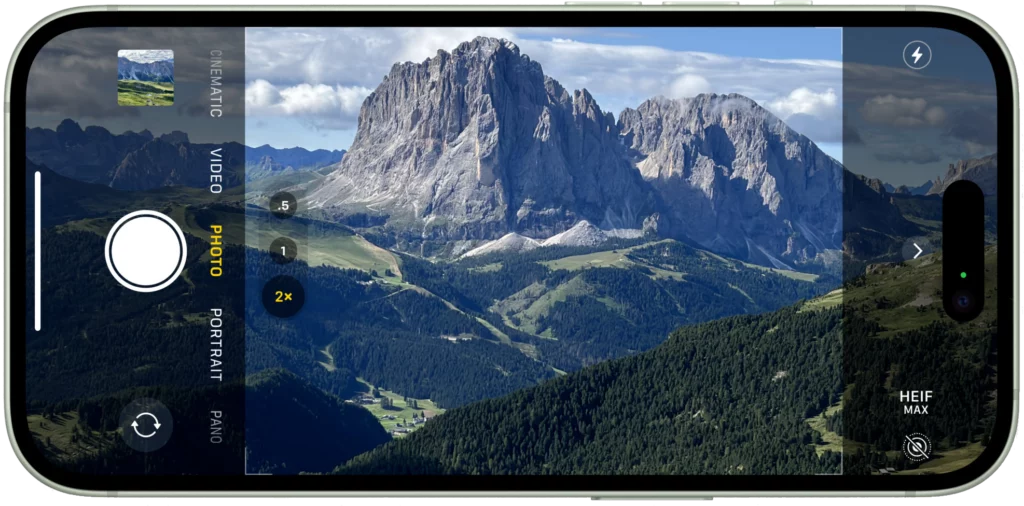
The display got brighter. That’s the new hardware feature. The peak brightness for the display is now 2000 nits instead of 1200. This is just the peak brightness, the typical brightness you could expect is 1000 nits, which is still great. The only thing that will outshine your phone is the sun. I do not consider the Dynamic Island (Stupid name) to be a significant feature. It’s just a software trick to hide the sideways i underneath the pill. Also, every time it is used as intended, you would be smearing your finger grease all over the selfie camera. I would have liked to see 120Hz on this phone, considering that every other phone in this price range is 120Hz.
Performance is a major category when it comes to picking a smartphone. It is one of the main distinguishers from a budget phone to a flagship. So you would think that the company that only makes flagship phones would not cheap out in this key area. In 2021, Apple added one extra GPU core to their “Pro” phones. That seemed to make sense. “Pro’s” would need more GPU to do whatever a “pro” smartphone user does. Last year, Apple did the unthinkable. They put last generation’s chip into their brand new phone and went up stage proclaiming how this is a good thing. “We used the 5-core version of last generation’s chip, so there’s still a performance jump”. What they meant to say was, “We had ordered too many 13 Pro chips, so we get more profit this way”. Since the iPhone always sells well right after it launches (for some reason), the 14 was no different. Apple took note of this and realized that they could get away with this behavior. All of this background explains one simple concept. The iPhone 15 uses the iPhone 14 Pro’s chip and the 15 Pro gets a new chip (which we will get to later).
Even though I disapprove of a last generation processor making its way into a flagship phone, Apple still makes the best smartphone chips. While Qualcomm has caught up in the GPU front, Apple is superior in CPU and efficiency. I highly doubt that anyone will notice the difference between a flagship Apple chip and a flagship Qualcomm chip. If Apple’s chip completed something in 30 seconds, the Qualcomm chip would be around 30-32.
Those were the main categories of improvement. Now, for some minor but important additions. USB-C came to the iPhone after being with Lightning for 11 years. That is 8 years too late. USB-C (Co-created by Apple) came out in 2015 and Lightning in 2012. But, the only reason Apple did this was not because they loved their customers or users. It was because Europe forced them to. Since Apple did not want to do this, they decided to implement it in the worst way possible. Instead of using USB 3.0, which is 15 years old, they went with USB 2.0, which is 23 years old. While USB 2 to USB 3 may not seem like a big difference, that is the difference between 480 Megabits per second to 10 gigabits per second. That makes the iPhone 20 times slower than any Android phone released in the past 5 years. Despite these complaints, I would take USB 2.0 speeds on a USB-C port rather than USB 2.0 speeds on a lightning port.
Finally, the new colors are pink, blue, yellow, green, and black. The colors are very washed out and I wish they were more vibrant. The blue almost looks white. The base model is $799 and the Plus is $899.
15 Pro
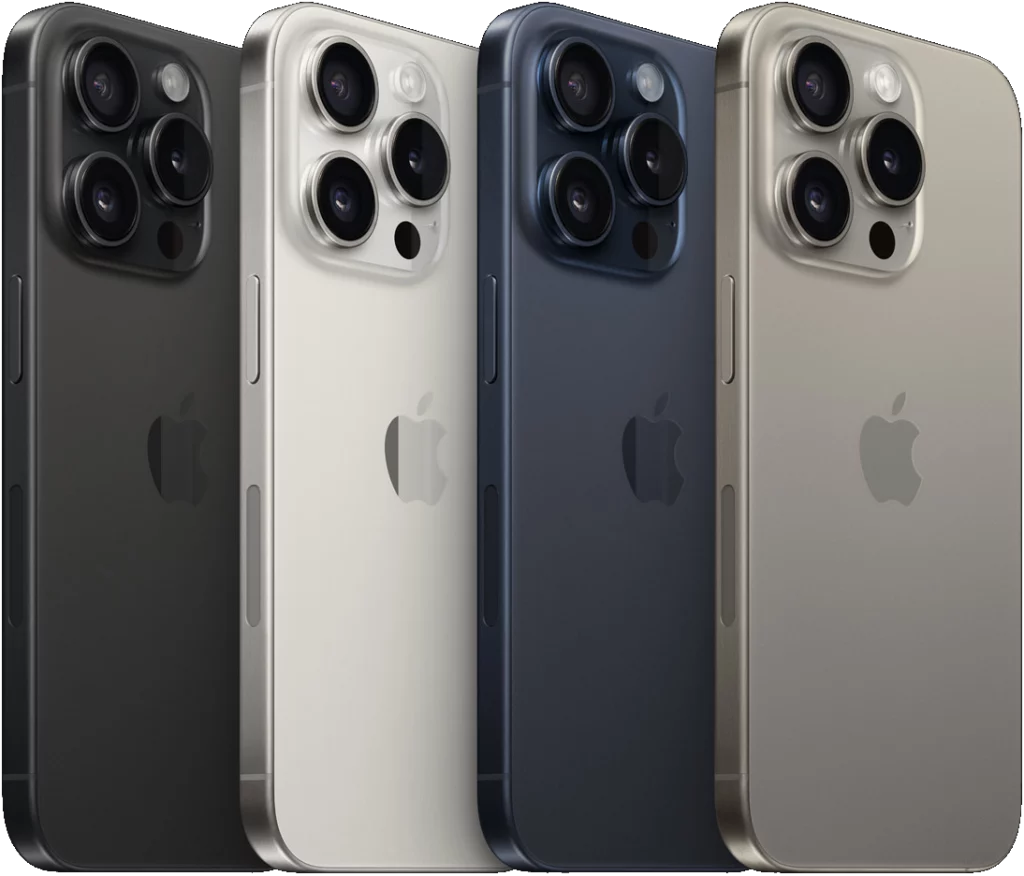
So I don’t have to repeat myself, the 15 Pro uses the same 48MP camera with pixel binning and it has the same display brightness and Dynamic Island as the 15. The 15 Pro has two main categories: Performance and Cameras.
Even though I don’t like the “Pro” naming scheme, the A17 Pro looks like a beast. It is the first mobile processor to be built on a 3 nanometer process node. Being built on a smaller process node allows Apple to pack more transistors in the same size chip and it improves efficiency. The GPU got the most love, with its additional core and hardware accelerated ray tracing. Some console titles are reportedly coming to iPhone. If they are anything like the quality shown in the announcement, it could change high end mobile gaming. That is only if game developers support it. Since mobile game developers are prioritizing their game being played on the most phones possible, very few will put in the time to fully take advantage of this GPU. Some smaller upgrades are AV1 support and USB 3.0 speeds. AV1 is better than H.264/265 because it allows you to stream at a lower bitrate with the same quality or the same bitrate with higher quality. USB 3.0 should have been on the base model as well, but at least this phone has it.
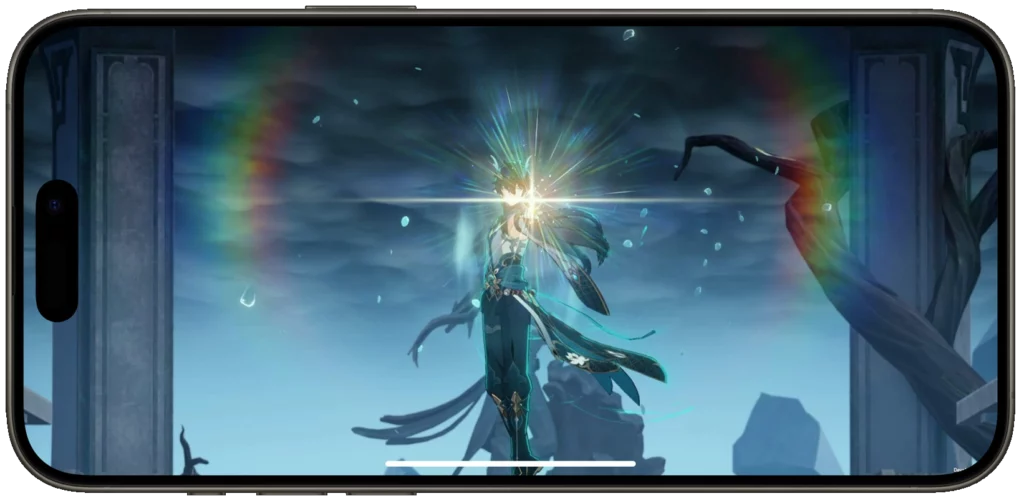
The main camera has new focal length options (24, 28, 35mm), which are essentially zoom options (1x, 1.2x, 1.5x) since it does not change the physical distance between the sensor and the lens. On the 15 Pro, the telephoto camera stayed the same at a 3x zoom. Only on the Pro Max do you get a new 5x zoom. The advanced focus modes are also on the 15 Pro. When recording video, the 15 Pro supports recording video directly to external storage through the USB-C port. Apple also introduced Spatial video, which is the way to view 3-D videos on the Vision Pro. This uses the main and ultrawide camera to shoot video. I don’t like how this feature is being marketed with the 15 Pro even though the Vision Pro doesn’t release until next year. The final feature is an improved lens coating to reduce lens flare.
There are two minor features, a titanium rail and the action button. Titanium improves the durability of the iPhone while also making it 20 grams lighter (0.6 freedom ounces). The entire phone is not made of titanium, just the exterior rail. The inside is still made with aluminum. The action button replaces the silent switch that has been on the iPhone since its creation. I prefer the action button since you can customize it to do whatever you want. You can still silence the ringer, or you could activate the flashlight, take a picture, start a voice memo, and even activate a shortcut of your choosing. This makes the action buttons functionality limitless.
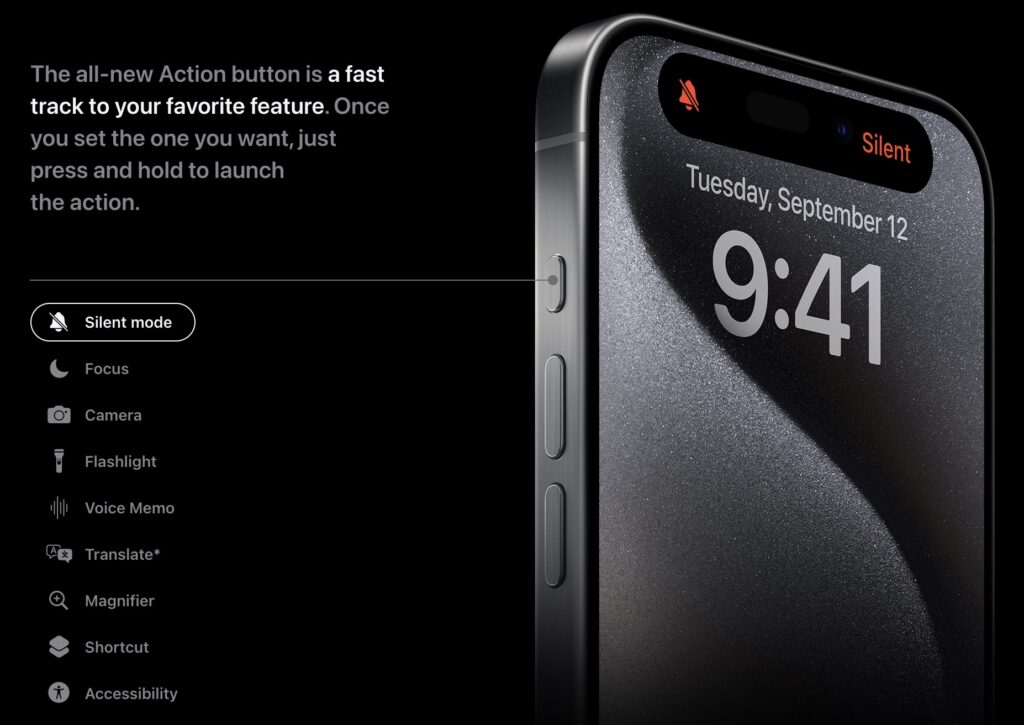
The new colors are called natural titanium, blue titanium, white titanium, and black titanium. These are not anodized colors, but rather a coat. Any deep scratches will show the natural titanium beneath. The Pro is $999 and the Pro Max is $1199.
Apple Watch Series 9
The main upgrade to the watch was the display. The max brightness is 2000 nits, which makes it readable in any condition, and the minimum is just one nit, so you won’t strain your eyes in the middle of the night. The other slight improvement is an improved processor, which allows Siri to be processed on device. Externally, it is the same and starts at $399.
Double tap is a strange feature. In some scenarios, you can double tap your index finger and thumb to, for example, answer calls or stop an alarm. It is coming in October, not when the watch launches, and only to the S9. This doesn’t make any sense. The double tap feature would use the accelerometer and gyroscope, which every Apple Watch has. Apple just doesn’t want to have older watches to support this “new” feature. The reason “new” is in air quotes is because this feature is a rebranded Assistive Touch, which has more input options, such as clenching and single tapping. This “revolutionary” feature is available on all watches after the Series 4.
Apple Watch Ultra 2
Including all the “new” features of the Series 9, the Ultra also received a brightness bump, now up to 3000 nits. An improved altimeter allows the watch to perceive altitudes from -500 to 9000 meters. That’s all the new features. It looks exactly the same exterior wise. It still costs $799.
Marketing
The event started showing people that had their lives saved by Apple products. It shows how products like the Apple Watch are useful. As an Android enthusiast, I see it as “Buy an Apple product or literally die”. But to Apple users, it gives the impression that you have to buy the latest Apple products in order to be saved when disaster strikes.
Apple talked for 15 minutes about the environment, including a very boring Mother Nature skit. While I applaud Apple for recycling materials and all the other environmental jazz, it sounds a little hypocritical. Keeping the Lightning port alive for 8 years longer than needed led to millions of Lightning only products that will now be thrown away. Also, Apple spending years going against the right to repair movement, which is pro-environment, is absurd. This is another of their marketing attempts to make them look better than they really are and to remove features, like no more leather watch bands. I can guarantee that when they remove the cable from the iPhone box, it would be for “environmental” reasons.
Overall
Overall, the generational bump this year for iPhones is much more significant than last year. While the base 15 did not get any new features, just stuff that previous phones already had, the camera and display improvements are a step in the right direction. The “Pro” phones received more love, with an actually new chip and material design. The watches stayed mostly the same, with the most notable features being a brighter screen and faster processor.
